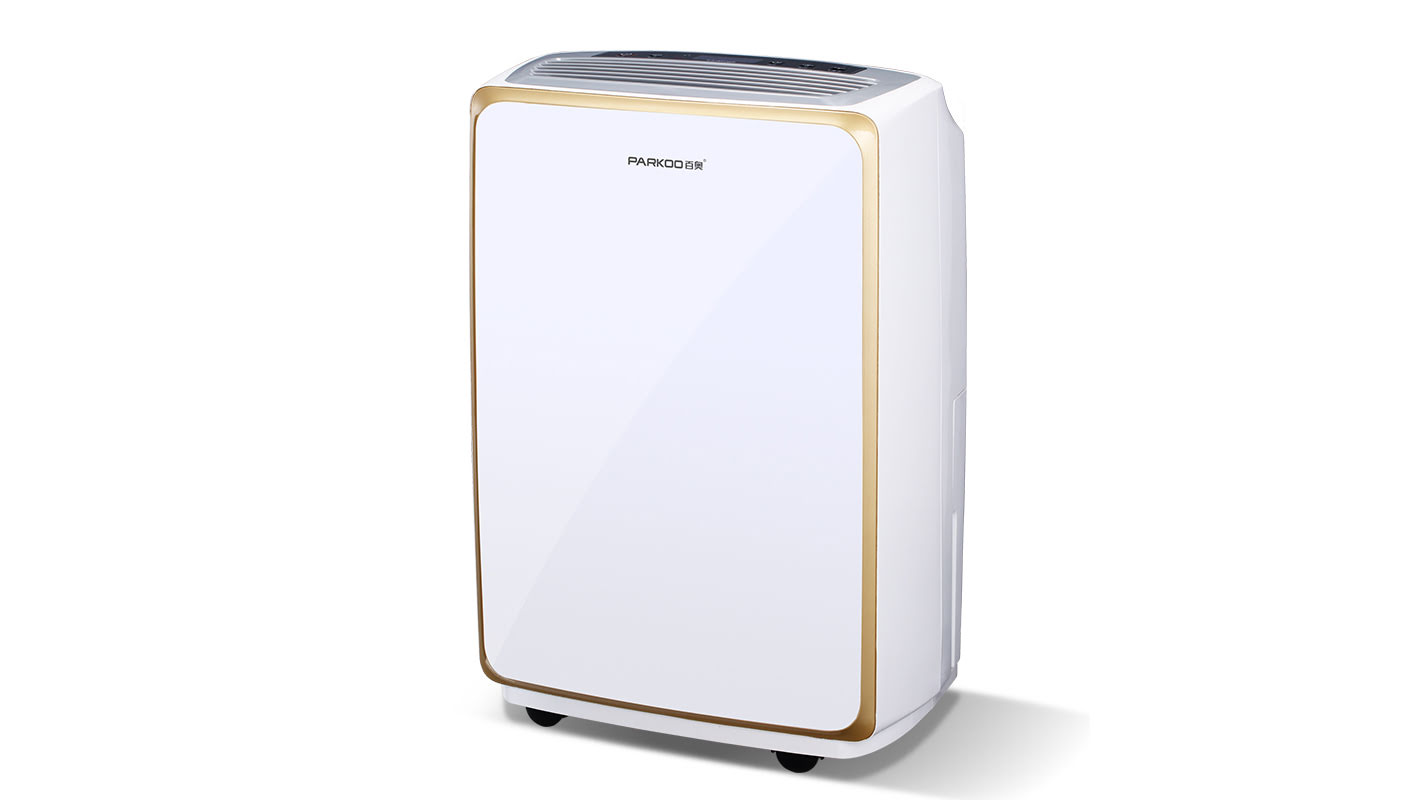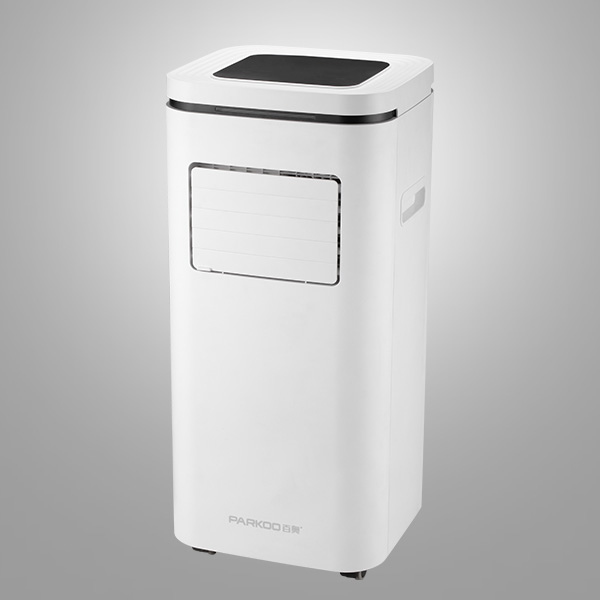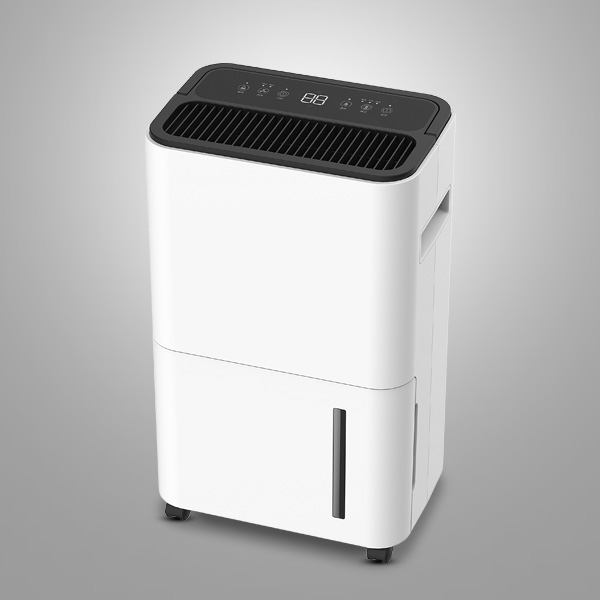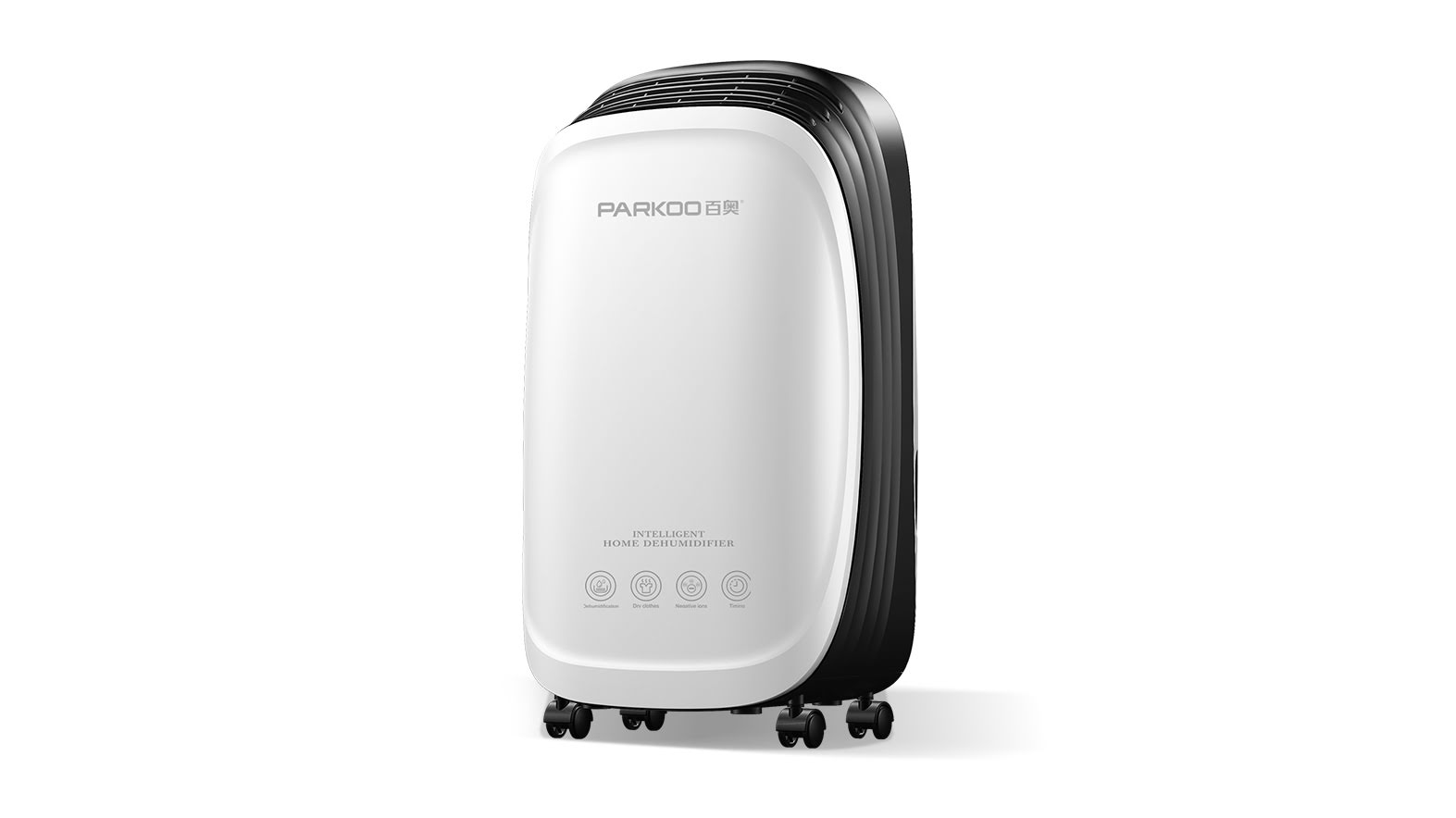In Automotive Manufacturing, accurately and reliably controlling huMidity levels can increase Productivity while reducing scrap. In several of these areas, high Quality humidity control solutions are important.
I. Storage area for unpainted paRTs
when unpainted parts, such as bumpers, are moved from the storage area to the paint shop where they are prepared for painting, dust particles are generated. As the parts are picked up and moved, dust from the Environment is deposited on the parts, which, if not removed, can seriously affect the effectiveness of the painting process and even lead to excessive scrap. In this case, PARKOOTECH Ultrasonic humidifiers can be used to add Moisture to the atmosphere in the area, reducing floating dust so that parts can arrive in the paint booth dust-free.
II. Paint spray booth
water-based paint is introduced into the Car body, the control of temperature and humidity conditions in the spray booth is even more critical. If the air humidity is too high, the top layer of body paint is over-thinned and the surface will dry with defects or small pits; conversely, too low a humidity level can lead to excessive evaporation of water from the paint, Making product Application difficult and increasing Consumption. To ensure that as little paint as possible is wasted when transferring paint from the spray gun to the bodywork, a humidity level of approximately 70% RH is required. parkOOTECH Ultrasonic humidifiers accurately control the humidity of the environment to avoid over-dilution or over-evaporation and increase the Efficiency of paint application. controlling ambient air humidity also reduces dust particles in the spray booth, which in turn Improves the quality of the paint product.
III. Sanding deck
Maintaining a relative humidity of 55% RH on the sanding deck has been proven to suppress dust and reduce Static buildup. ContRolling the air humidity of the environment Prevents airborne paint dust from being drawn to the body surface. Dust flows off the body rather than being attracted to it, thus reducing sanding time and Improving the finish of the part and improving the quality of the finish.
IV. Vehicle testing
Another typical application in the automotive industry is the test chamber. CompLete automobiles, engines and parts Need to endure a variety of tests in Environmental chambers and wind tunnels. Automobile engines are tested at many different humidity and temperatures to ensure that all of the car's functions are functioning properly under different conditions. Extreme climatic conditions (up to 95% RH) were even created in these special chambers during the tests. only by applying pressure to the mechanical and electrical components until the limit values are reached can the power of the car be better tested as well as the functions verified.















